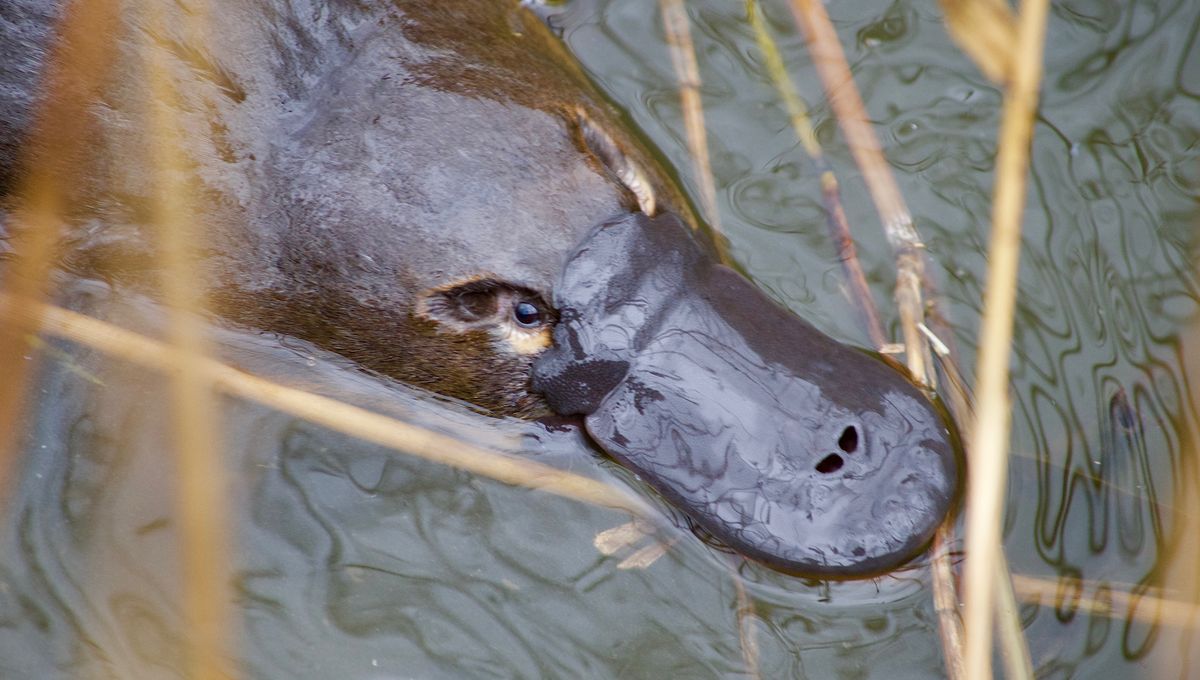Let’s dive into the fascinating world of platypus breeding
Prepare to be amazed by the utterly bizarre phenomenon that is monotreme breeding, and platypus breeding in particular.
Did you know that platypuses are the only mammals that lay eggs? It’s true! These unique creatures mate between August and September, and the female will carefully lay her eggs in a burrow on the side of the riverbank. According to NOAA, the eggs are then incubated for about 10 days before they hatch.
But here’s where it gets even more fascinating. The newborn platypus offspring will actually suckle milk from specialized sweat glands directly from the mother’s skin for approximately four months before they venture out of the nest.

So what exactly are baby platypuses called?
While not universally accepted in the scientific community, the most common name for a young platypus is a “puggle”. According to the Australian Museum, platypuses are believed to reach sexual maturity at around one year old and can live up to 20 years in the wild.
Interestingly, the name “puggle” is also used for the offspring of another member of the monotreme family, the echidna. And here’s a fun coincidence: it’s also the name of a dog breed that results from crossing a beagle with a pug.
You might come across adorable puggle pictures on social media, but be cautious! Make sure what you’re looking at is actually a platypus and not just a rock. Check out this article to learn more about the confusion.
If you’re curious about other animal offspring names, why not explore what whale and fox babies are called?








